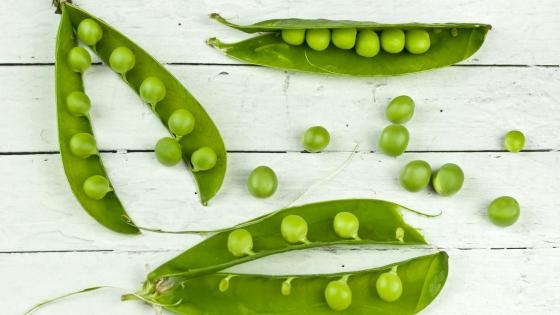
Peas
Peas
Peas (Pisum sativum) are a cool-season vegetable that must be planted in early spring to ensure good yields in Kentucky. Fall planting of peas is also possible on a small scale, but they are very sensitive to warm temperatures and may not produce well. Types include the English pea (shelled for the fresh green seeds within non-edible pods), sugar snap types (round, fleshy edible pods), and Asian pod types (thin, flat edible pods) also referred to as snow peas.
Key Requirements
| Land | Low |
| Labor | High |
| Capital | Medium |
Take the HortBizQuiz to see how much Land, Labor, and Capital you have for your operation.
Markets
- Direct to Consumer
- Farmer's Market
- On-Farm Stands
- CSA
- Auctions
Pest & Disease
Damping-off and root rot diseases can pose a serious problem in wet soils. Other common disease include anthracnose, Ascochyta leaf spot and pod blight, powdery mildew, and viruses. Cutworms, wireworms, seedcorn maggot, alfalfa loopers, green cloverworms, aphids, and armyworms are some of the potential insect pests occurring on peas.
Costs and returns are presented as estimates. They will vary based on your farm and markets.
Costs and returns are presented as estimates. They will vary based on your farm and markets.
Challenges
- Sugars in peas can quickly turn to starch if they are not stored at cool temperatures immediately after harvesting.
- Trellising peas can add to labor and input costs.
- Involve intensive harvest labor and will demand mechanical harvest for profitable larger scale production.
Opportunities
- A single planting may yield two or three harvests
- Peas can be grown in almost any soil and will tolerate a wide pH range from 6.0 to 7.5.